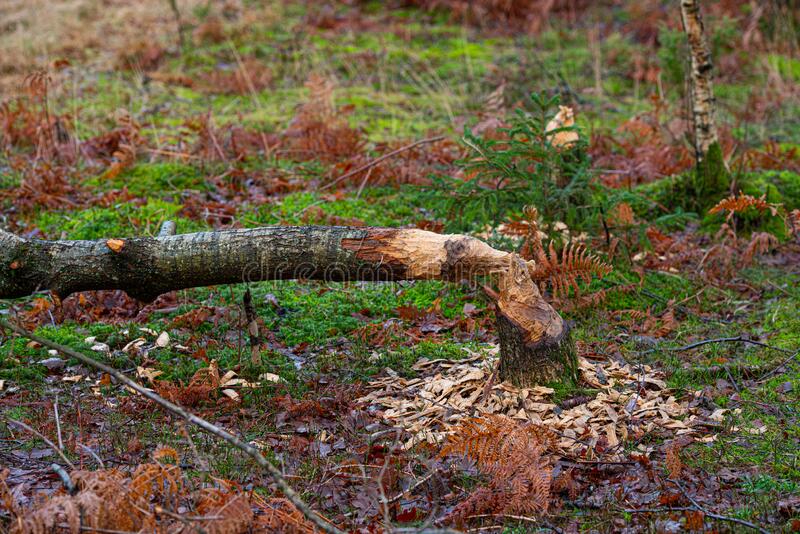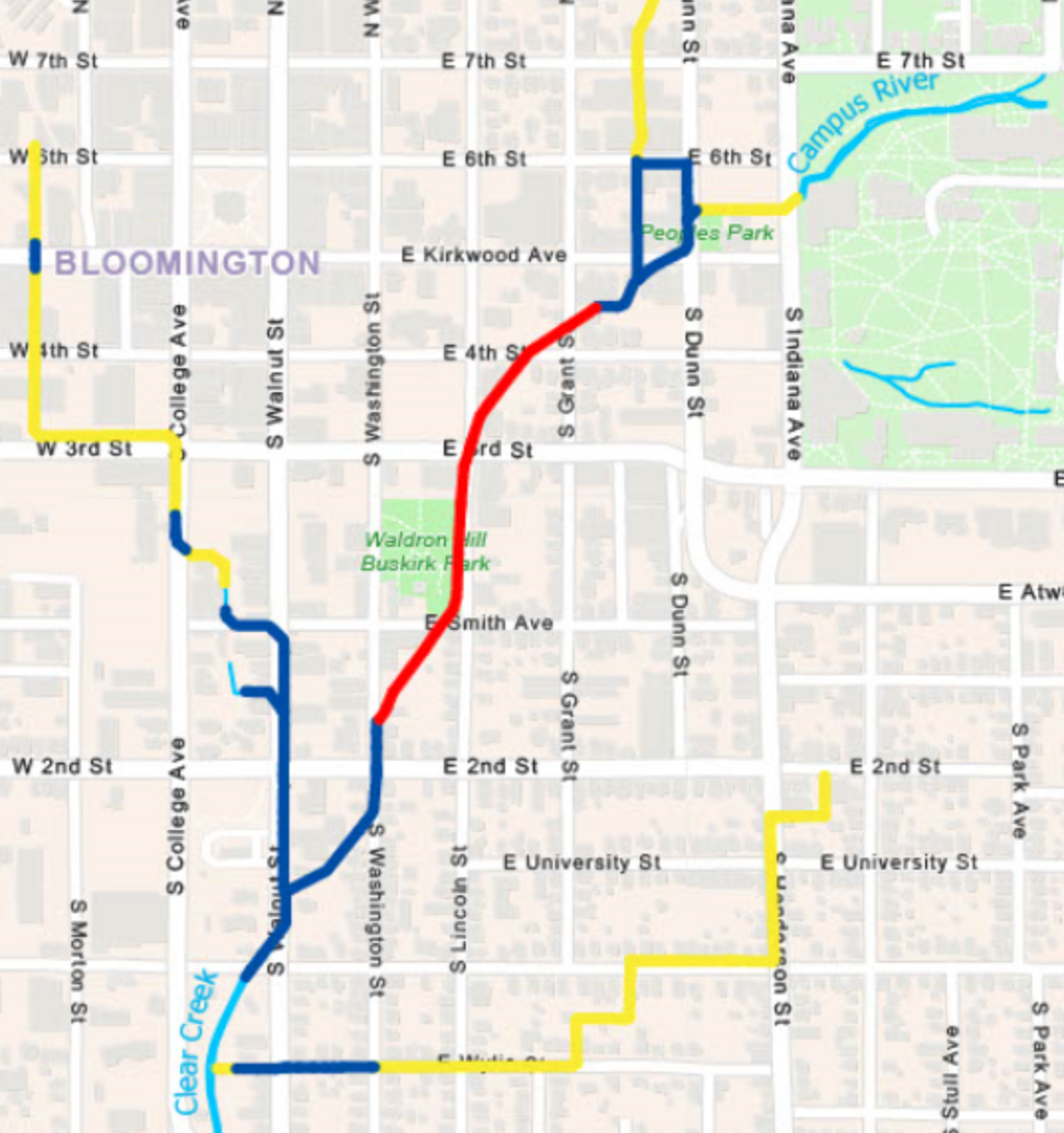I was going to feature a bunch of photos that I took this rainy morning, while carefully slogging through water-soaked wetlands that are likely to be slowly altered, thanks to brand new beaver action.
Here!
On the IU campus! Along what is now called the “Campus River.”
Up until 2017, it was the Jordan River, but thanks to woke folk, who decided to erase history . . .
In any case I couldn’t get my photos to transfer from iphone to computer. So I can’t show you the one clue that made me realize, while walking past there about a month ago, that there are actual beavers in Bloomington. Here’s my clue: a tree elsewhere chewed to the point of falling by a beaver.
Needless to say — because I remain wild at heart, having lived for many years in a yurt along the Gros Ventre river in Jackson Hole, Wyoming — I was both stunned and thrilled to see clear evidence of this wild creature.
While walking back home, now soaked, with my precious photos that then refused to transfer over, I ran into a neighbor, Paulette, who told me that she knew about the beaver, because the IDS (Indiana Daily Student) had written a story about it a few weeks ago. Aha! Here it is, from November 15.
A Beaver Has Found A Home On the Campus
River
I liked the way the story was told there, calming any fears of what the presence of a beaver (or beavers? I hope so) could portend. After all, Native Americans speak of beavers as “Little People,” because, like humans, they are capable of greatly altering the landscape to their own specifications. See this:
Beavers are the largest rodent in North America, reaching 60 pounds, and living 20 years. Considered a keystone species, their benefits are numerous:
Beaver ponds also attract a wide variety of other furbearing animals including mink, muskrat and raccoon. The unique dam- and pond-building attributes of beavers create favorable habitat for a variety of wildlife species, including fish, ducks, shorebirds, amphibians and reptiles.
Ponds created in beaver dams help stabilize water tables, reduce rapid runoff from heavy rainfall and reduce soil erosion by depositing silt in the pools.
One of my not transferred photos was of the den it (or they) has constructed, looking deceptively at first glance like a pile of leaves (but with a few chewed-off branches holding it down) on the bank of the “river” (more like a creek). I knew it was the den, because of the beaver-sized hole near the top.
I do hope there’s more than one. Otherwise, how will one lone beaver move the trees it’s already cut to form a dam? (Not to mention the new ones it will continue to cut to keep shaving off its always growing incisors?) But if it is just one, is it then telepathically connected to others, so that soon a mate will “accidentally” arrive?
It will be interesting to keep track of beaver action here in Bloomington. Glad this species has entered our all-too-human urban landscape. Hopefully, their alterations of the landscape to fit their own needs will attract other wild species of all kinds so that we humans can begin to re-member how to live in symbiotic harmony with the multitude of other creatures on our beautiful home planet, Earth.
P.S. I do have one question: How did it (or they) get here? I doubt they were deliberately introduced. Do they go through the culverts to get here? Most of the “campus river” is buried, only emerging in certain places. Here’s a map of its actual territory, with the part that actually goes through campus (at times buried) up at top right:
Notice the “river” emerges miles away, but called Clear Creek.
I ask: do the beavers come in from the south west, traveling surreptitiously up through dark culverts? Or from the northeast, waddling slowly or floating down, through culverts?
I’m surprised this question isn’t on other people’s minds . . .
But then, nature’s mysterious ways continue to astonish. Which reminds me: I used to ask where the bullfrogs come from every spring, when our own pond here, now having transformed itself into a wetland) invited them? Did they just hop down urban streets at night when no one was looking? Did they fly in? How how how?



